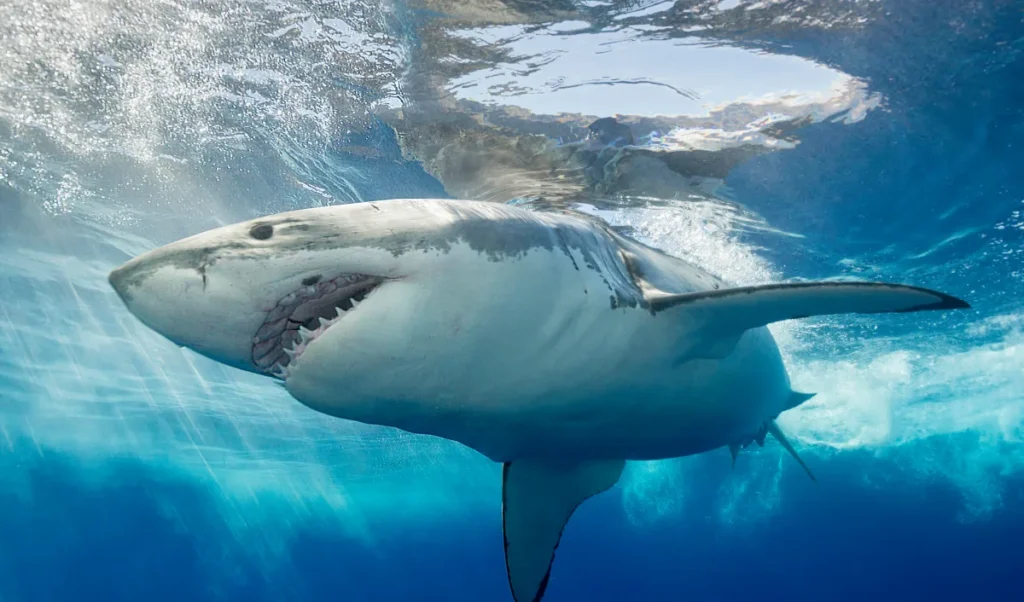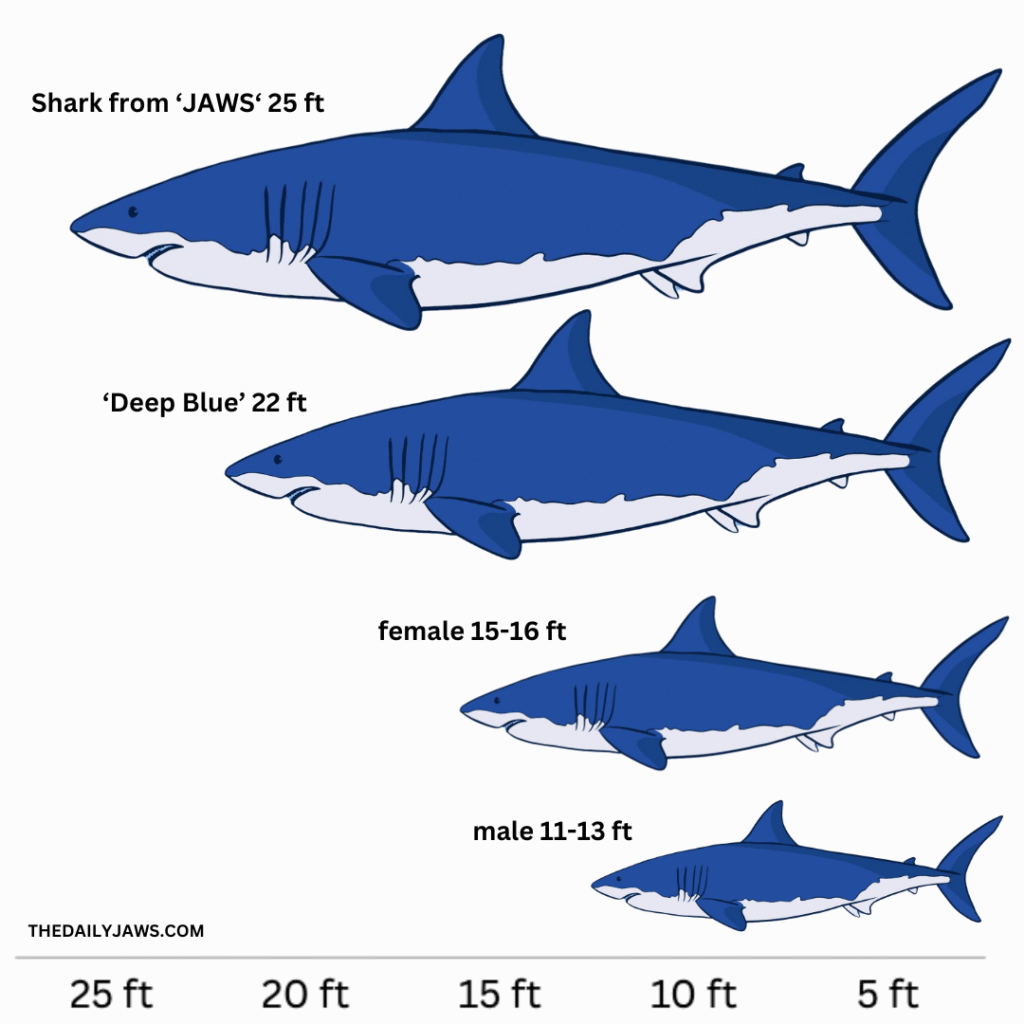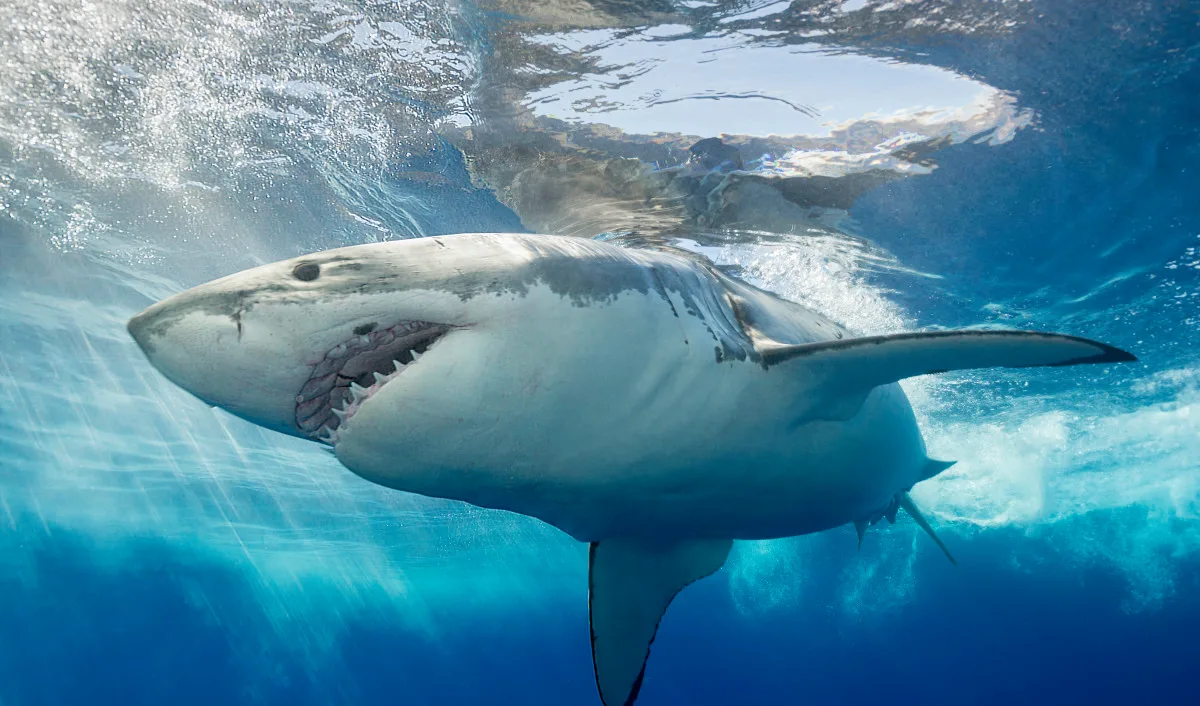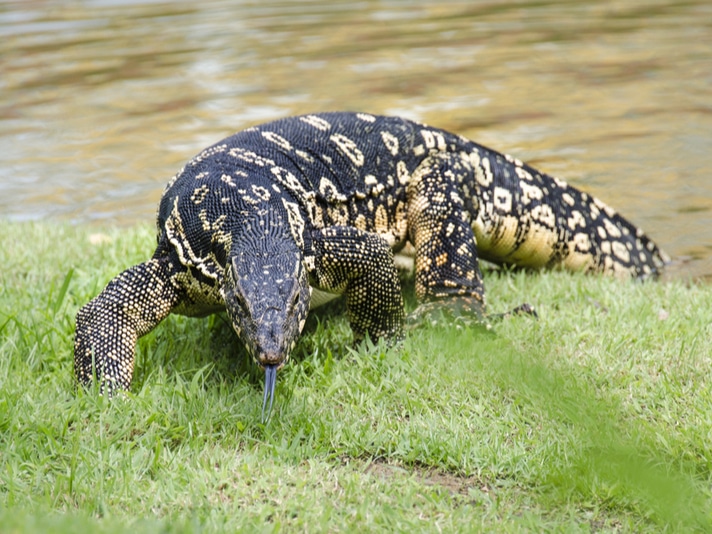Here are more in-depth, point-by-point facts about great white sharks, emphasizing their migration, habitats, movement patterns, and life cycle.
Great White Shark Migration Patterns and Distances
Great white sharks undertake remarkable long-distance migrations, sometimes crossing entire oceans—such as between South Africa and Australia, or California and Hawaii—with individual journeys recorded up to 20,000 km in less than a year, highlighting their highly migratory lifestyle and the need for protection across international waters.
Great White Shark Preferred Water Temperatures and Habitat Range
These sharks typically prefer water temperatures between 10–27°C (50–80°F), showing peak presence in waters around 19–20°C, and are found worldwide in temperate and subtropical coastal and offshore areas which shape their migration and prey patterns.

Great White Shark Site Fidelity and Critical Habitats
Although migratory, many great whites display site fidelity—returning to the same feeding, mating, or nursery grounds year after year, underlining the importance of protecting specific oceanic regions vital for their feeding, breeding, and juvenile development.
White Shark Seasonal Migration in Different Regions
Seasonal migration patterns are region-specific; for example, Atlantic sharks migrate between New England in summer/fall and the Gulf of Mexico or Southeast U.S. in winter, while Australian populations shift north and south along the coast in sync with changing water temperatures.
Male vs Female and Juvenile White Shark Movement Patterns
Research indicates males tend to roam broader distances, while females are more site-attached; juveniles prefer coastal nursery areas and migrate along coastlines for seasonal thermal preferences, further diversifying how populations use marine environments throughout life stages.
Great White Shark Depth Range During Migration
Great whites do not just travel vast distances horizontally but also vertically, regularly diving to depths between 900 and 1,500 feet (up to 2,000 feet) during migration, and sometimes modifying their diving behavior depending on their location and activity (such as deep dives to 900 m when crossing open ocean).

Technology Used for Tracking Great White Sharks
Advanced electronic and satellite tagging technologies allow researchers to track shark movements, providing data on migration routes, diving behavior, and site fidelity—these insights have shaped conservation strategies and our understanding of global shark ecology.
White Shark Reproduction and Maturity
Male great whites reach sexual maturity at 3.5–4 meters (about 11.5–13 feet) and around 10 years old, indicating a relatively long juvenile phase, which, combined with slow reproduction, makes their populations especially vulnerable to threats.



